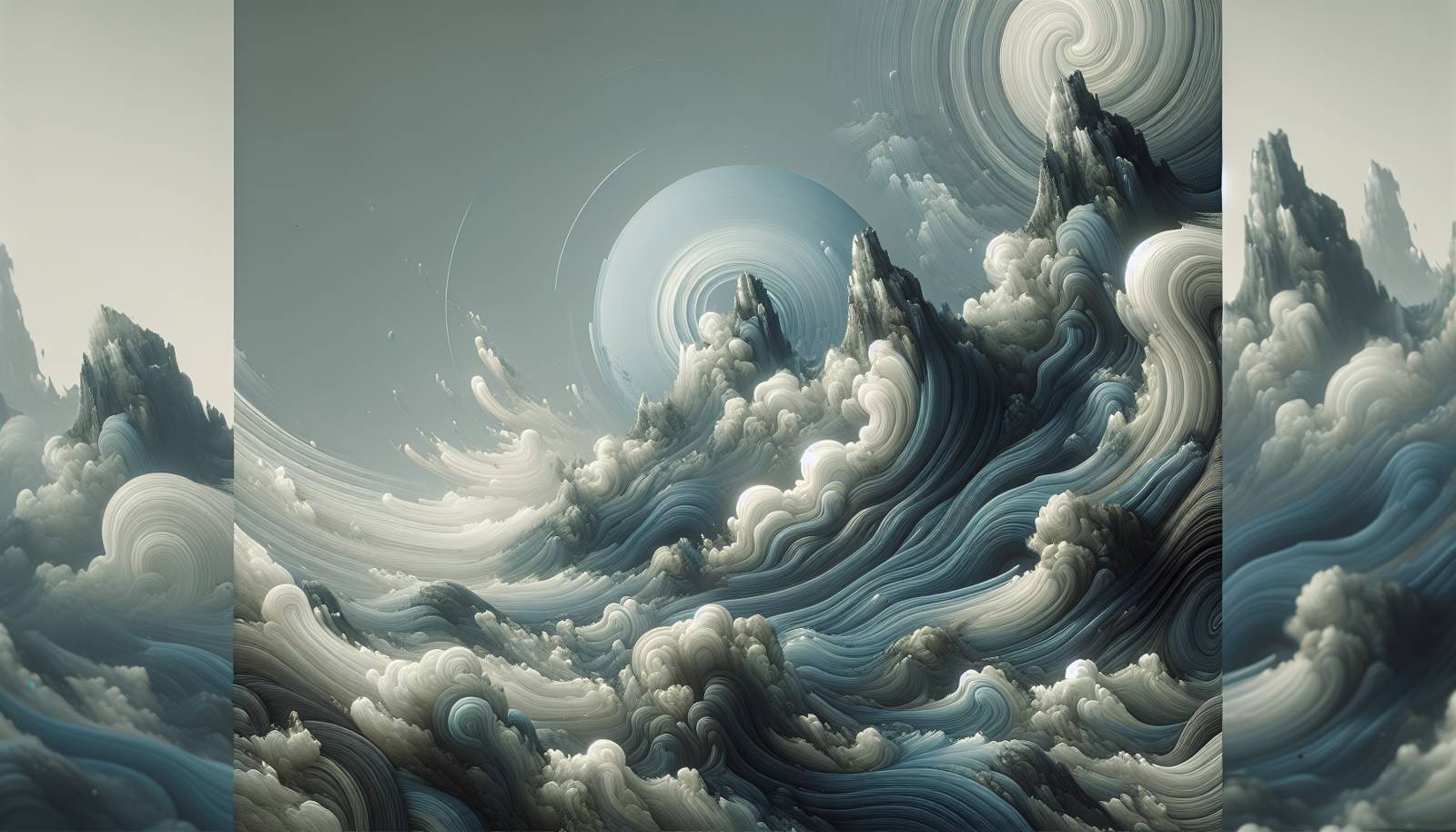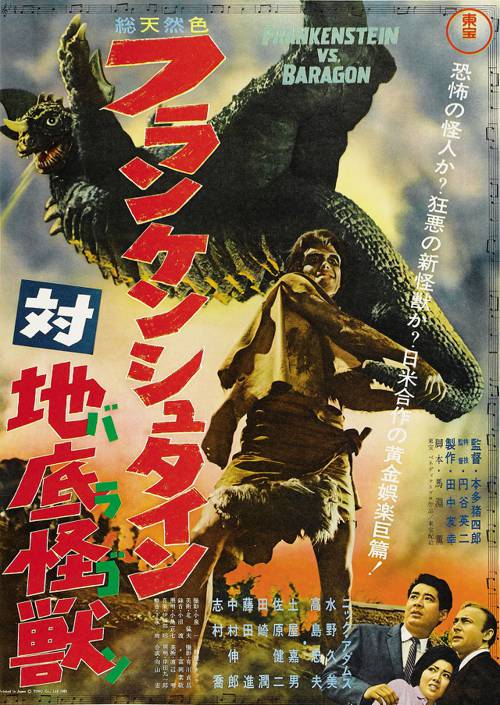
FAQ About The Cultural Impact of Japanese Kaiju Films

What are kaiju films?
Kaiju films are a subgenre of Japanese cinema featuring giant monsters. The term 'kaiju' literally translates to 'strange beast' in Japanese. These films typically center around enormous creatures that emerge to wreak havoc on human civilization. The most famous kaiju film is Godzilla, released in 1954, which set the foundation for this genre.

How did Godzilla influence global cinema?
Godzilla introduced the world to the kaiju genre, influencing global cinema by inspiring countless films and franchises that feature giant monsters. The special effects, narrative style, and themes of humanity versus nature seen in Godzilla have been emulated in various international films, such as the American series King Kong and Pacific Rim.

What themes are commonly found in kaiju films?
Kaiju films frequently explore themes such as the destructive power of nature, the consequences of human scientific experimentation, and post-war anxiety. They often serve as allegories for real-world issues like environmental destruction and nuclear power, with giant monsters representing the natural world's backlash against humanity's hubris.

Why is Godzilla considered a metaphor for nuclear weapons?
Godzilla was originally created as a metaphor for the atomic bombings of Hiroshima and Nagasaki. The monster's destructive power and its origins in nuclear radiation reflect the devastation experienced by Japan during World War II and serve as a cautionary tale about the dangers of nuclear warfare and energy.

How have kaiju films influenced pop culture?
Kaiju films have had a significant impact on pop culture, contributing iconic characters, themes, and visual styles. Elements from kaiju films can be found in video games, television shows, comics, and other films around the world. The concept of giant monsters attacking cities has become a staple in entertainment.

Are there any notable Western adaptations of kaiju films?
Yes, there are notable Western adaptations of kaiju films, including the American versions of Godzilla, which have been released several times, the most recent starting with the 2014 film directed by Gareth Edwards. Another example is Guillermo del Toro's Pacific Rim, which pays homage to the kaiju genre with its depiction of giant robots fighting massive sea monsters.

What is the significance of environmental messaging in kaiju films?
Kaiju films often include environmental messaging by depicting monsters as manifestations of ecological consequences resulting from human activities. For instance, Godzilla is frequently portrayed as nature's response to nuclear testing and pollution, highlighting the environmental harms caused by humans and urging for better ecological stewardship.

How do kaiju films reflect Japanese cultural values?
Kaiju films reflect Japanese cultural values by incorporating themes of community resilience, respect for nature, and caution against technological hubris. These films often highlight the importance of collaboration and perseverance in the face of disasters, resonating with Japanese experiences of natural calamities such as earthquakes and tsunamis.

What role does special effects play in kaiju films?
Special effects are crucial in kaiju films, enabling the portrayal of giant monsters and large-scale destruction. Innovations in practical effects, such as suitmation (actors in monster suits), miniatures, and more recently, CGI, have been integral in bringing the fantastical elements of kaiju films to life and engaging audiences visually.

Are kaiju films popular outside Japan?
Yes, kaiju films have a substantial international following. They have been embraced by audiences worldwide for their thrilling action, unique storytelling, and compelling special effects. This global popularity has led to a variety of international films and media inspired by the kaiju genre.

How have kaiju films evolved over time?
Kaiju films have evolved from mainly featuring rubber-suited monsters to utilizing cutting-edge CGI technologies. While early films focused on allegorical messages about nuclear power, modern kaiju films sometimes emphasize entertainment and spectacle, expanding their appeal to younger generations and global audiences.

What impact did the original Godzilla have on Japanese society?
The original Godzilla film had a profound impact on Japanese society by addressing post-war anxieties and the spiritual trauma of nuclear bombings. It also helped reinvigorate the Japanese film industry, establishing Japan as a leader in special effects-driven cinema and popularizing new genres of film both domestically and internationally.

How is Godzilla depicted differently in Western films?
In Western films, Godzilla is often depicted with a focus on flashy visuals, action, and entertainment, sometimes as a hero rather than merely a destructive force. These adaptations might downplay the socio-political or environmental themes present in the original Japanese films to cater more to Western audiences’ tastes.

What are some key features of a kaiju film?
Key features of a kaiju film include the presence of giant monsters, extensive use of special effects, battles showcasing massive destruction scenes, and narratives that often carry environmental or moral messages. These films frequently employ allegory to comment on human hubris and the impact of technological advancements.

How do kaiju films address the human struggle against nature?
Kaiju films dramatize the human struggle against nature through the depiction of human attempts to confront or contain giant monsters. This often symbolizes the broader theme of humanity grappling with its own creations and the limits of its control over the natural world.

Can kaiju films be considered science fiction?
Yes, kaiju films can be considered a subset of science fiction. They often incorporate speculative scientific concepts, such as nuclear energy and genetic mutation, to explain the origins of the monsters. This use of science-based plot elements aligns kaiju films with the broader science fiction genre.

What are some significant kaiju films besides Godzilla?
Besides Godzilla, significant kaiju films include Mothra (1961), known for introducing a new iconic monster; Gamera (1965), which presents a giant flying turtle; and King Ghidorah (1964), featuring the formidable three-headed dragon. These films have all contributed to the expansive kaiju mythos.

Have kaiju films won any notable awards?
While kaiju films are primarily celebrated for their entertainment value and cult status, they have occasionally been recognized at film festivals and by genre-specific awards. For example, the original Godzilla has been praised for its groundbreaking special effects and has received retrospective acclaim in various film circles.

What are some common misconceptions about kaiju films?
Common misconceptions about kaiju films include the idea that they are purely action-driven with no deeper meaning. In reality, many kaiju films incorporate significant social and political themes, particularly related to environmental concerns and human impacts on the planet. Another misconception is that all kaiju are villains, whereas some are depicted as protectors or anti-heroes.

How do kaiju films handle the concept of destruction?
Kaiju films handle the concept of destruction both as a visual spectacle and as a narrative tool to explore themes such as human vulnerability and the unpredictability of technology. Massive cityscapes are often destroyed in these films, symbolizing the cataclysmic impact of unchecked scientific progress and natural forces.
